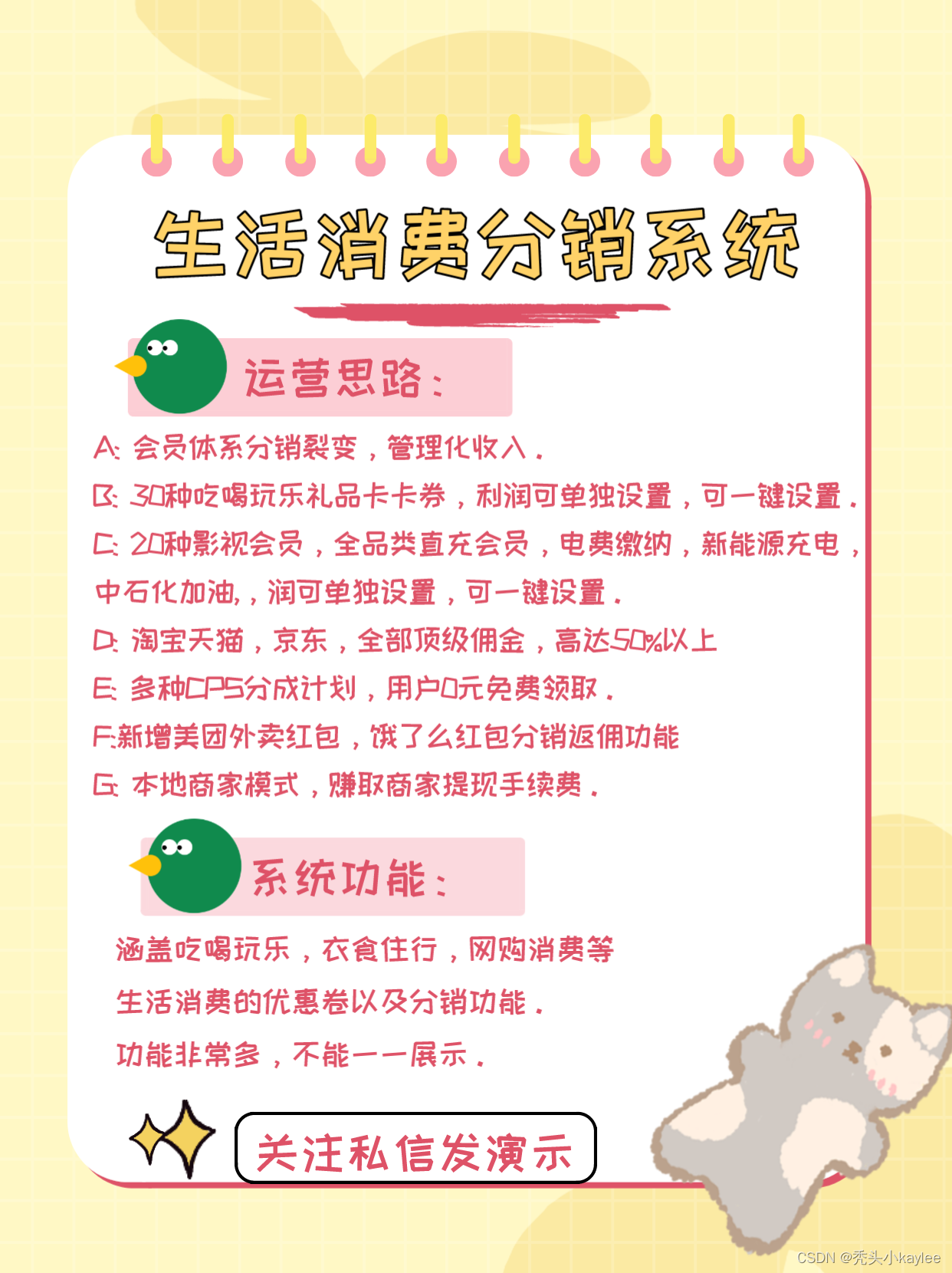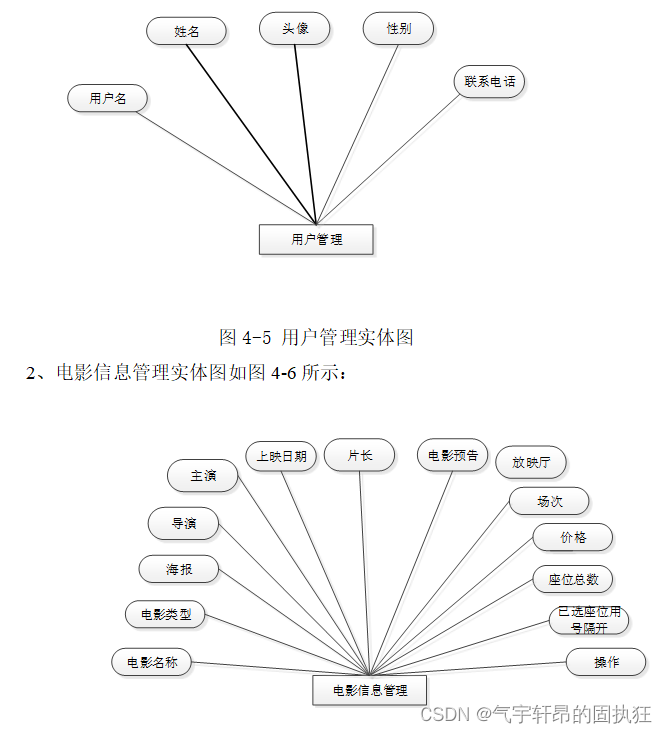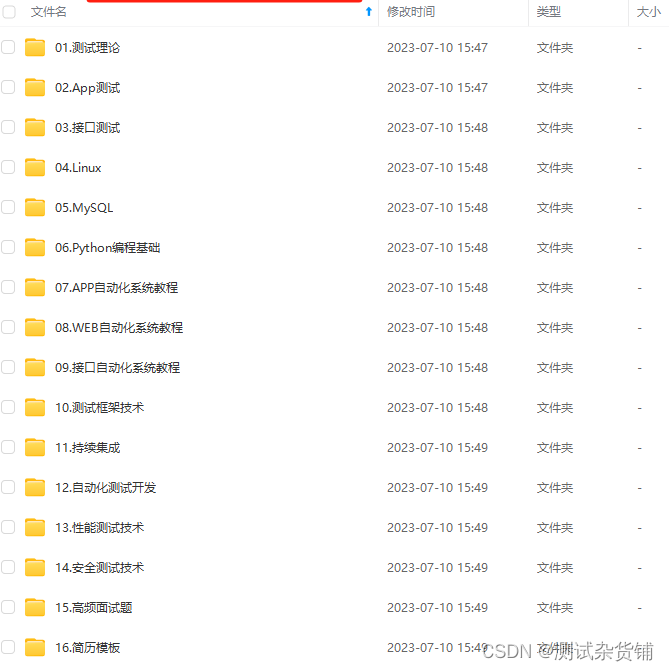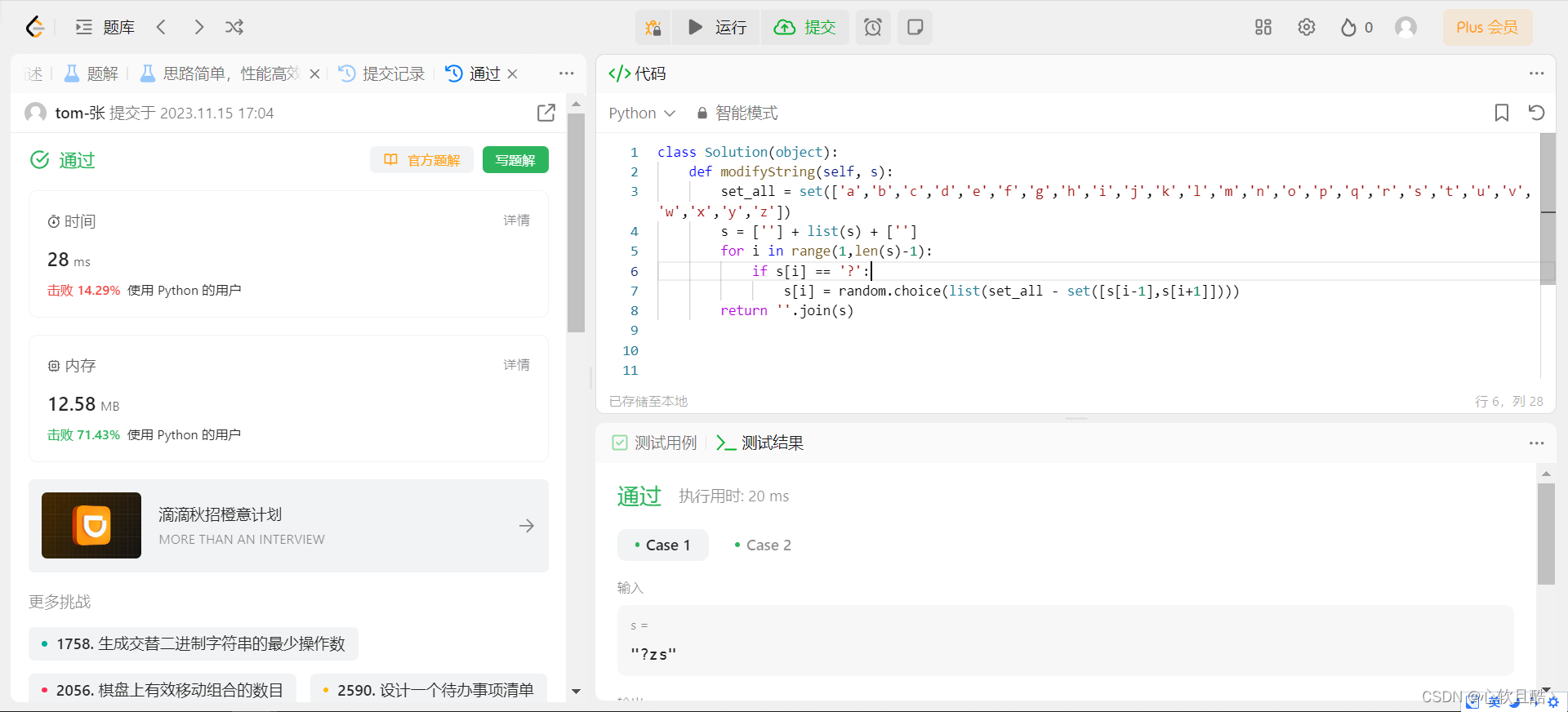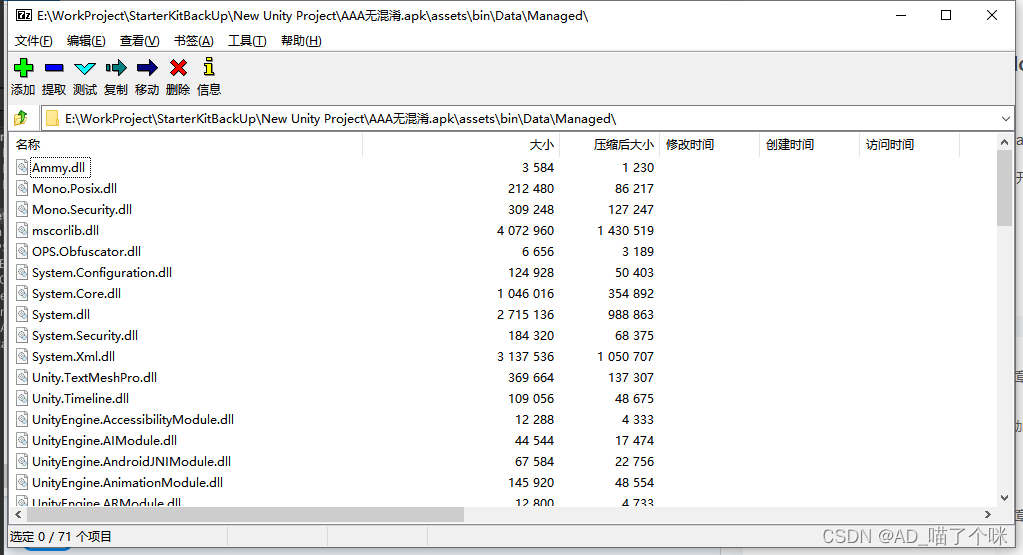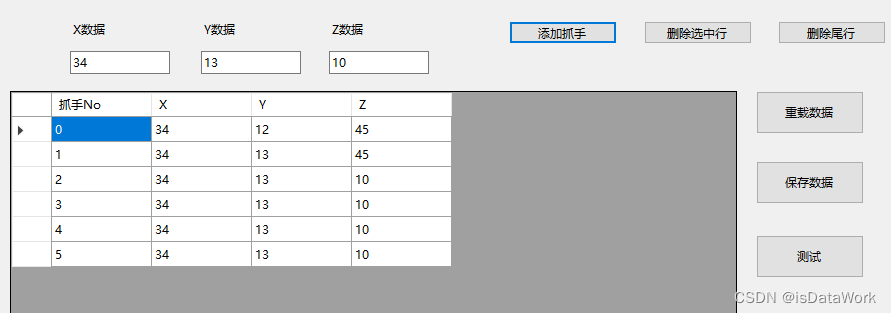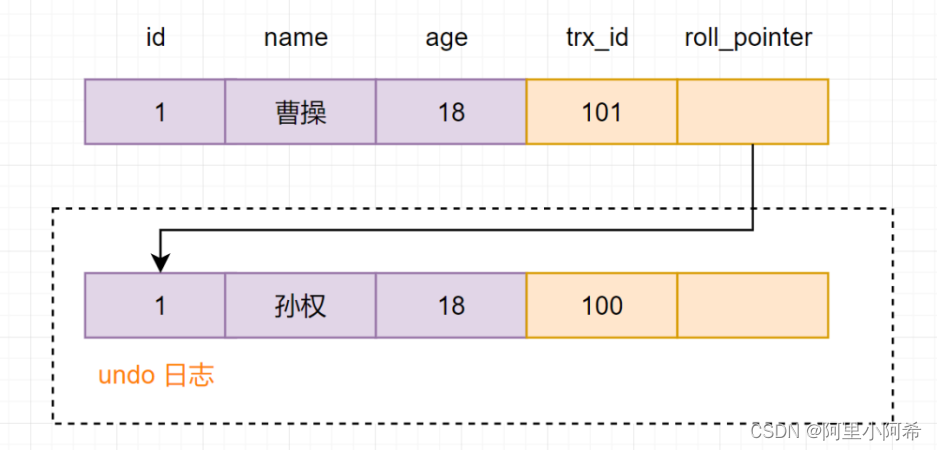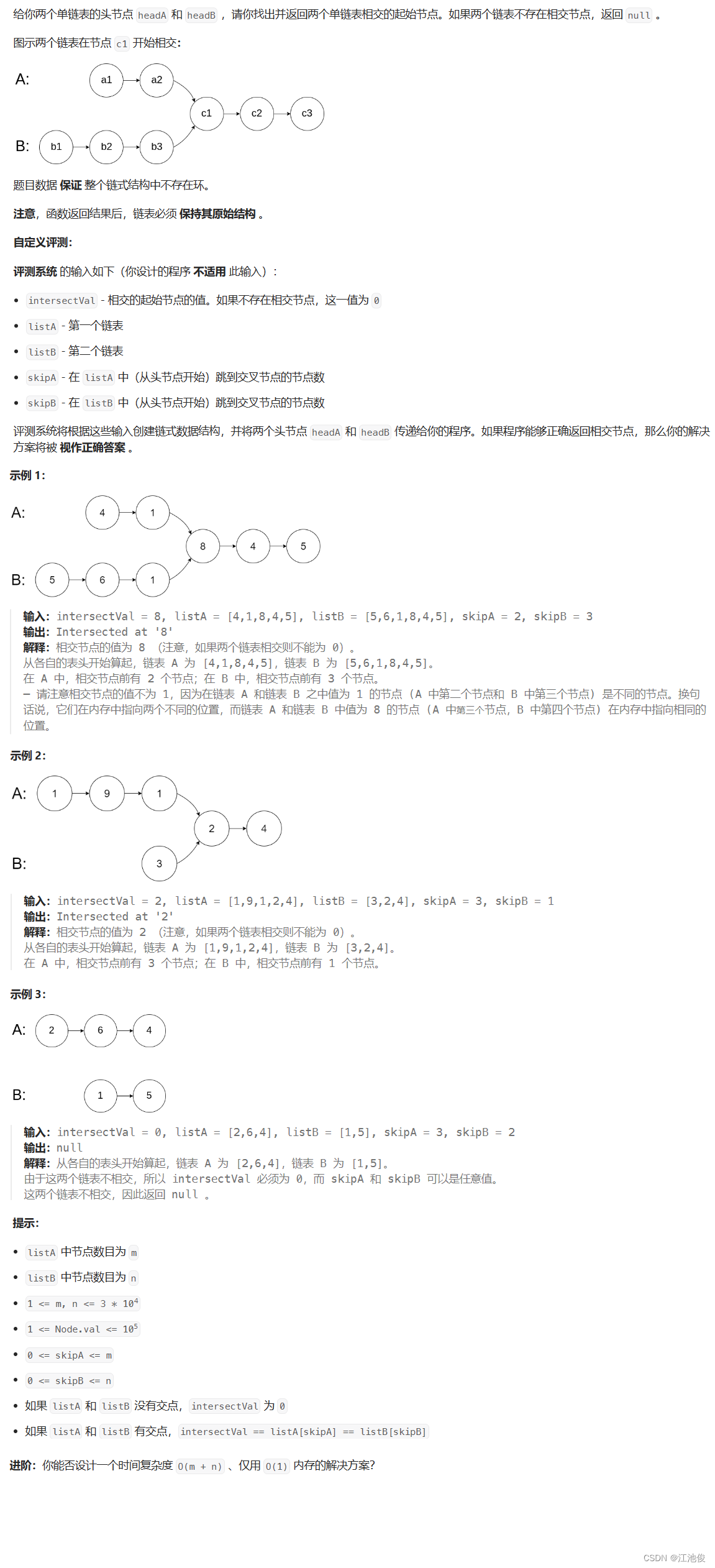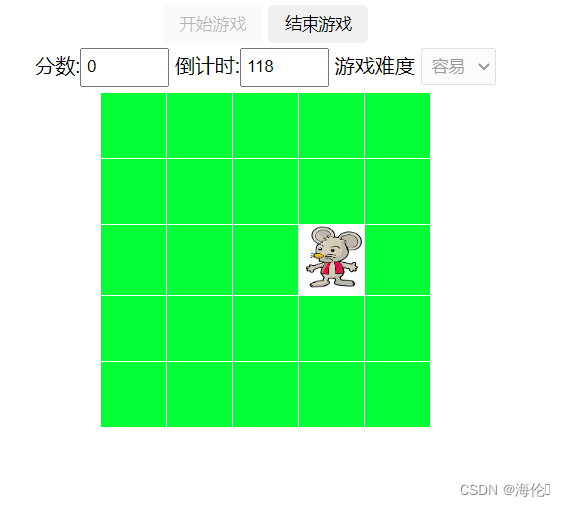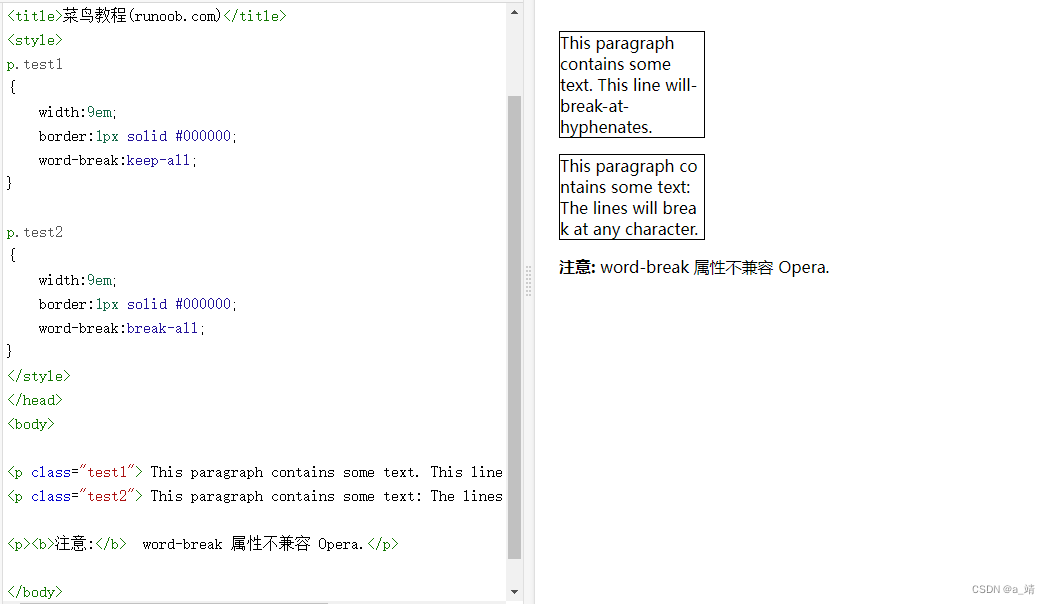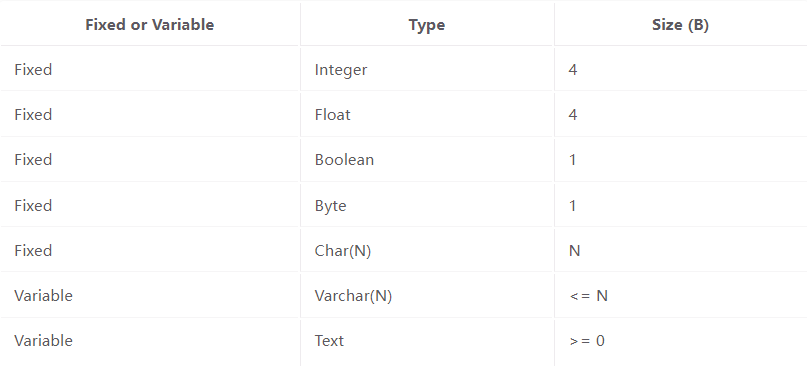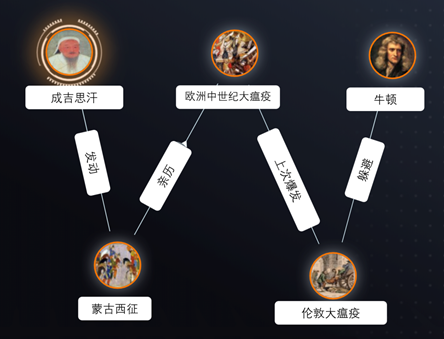第七天 Python项目实操
编者打算开一个python 初学主题的系列文章,用于指导想要学习python的同学。关于文章有任何疑问都可以私信作者。对于初学者想在7天内入门Python,这是一个紧凑的学习计划。但并不是不可完成的。
学到第7天说明你已经对python有了一个基本的认识,下面通过完成一个小项目来巩固之前几天所学的知识。
接下来我们上干货, 编者是一个网文读者,常常因为小说需要订阅或者有时候网路不好,看不到小说,因此选择将小说下载下来,保证能过随时随地的阅读。看看这个小项目的效果
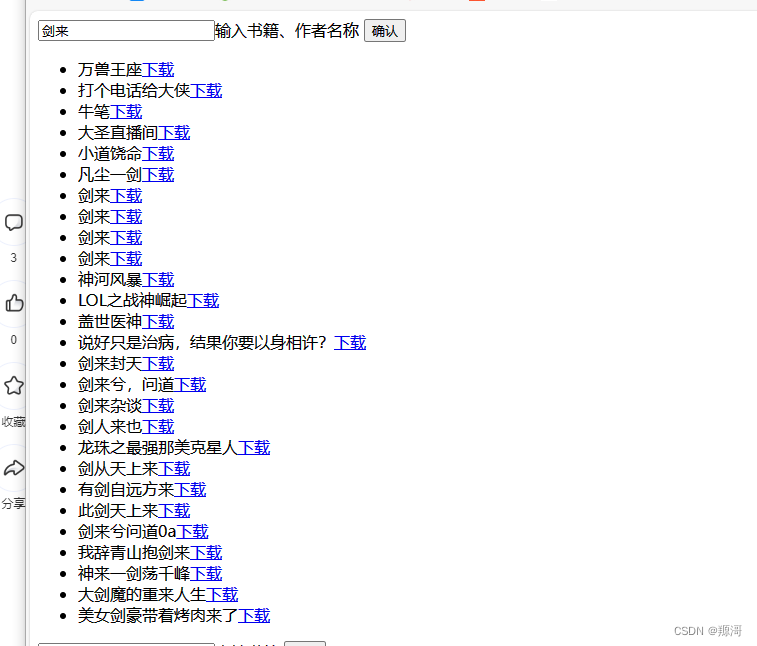
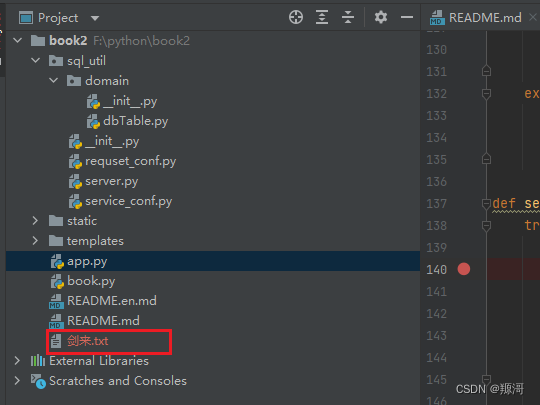
接下来你需要熟悉几个词语,网页开发,flask 框架,request 、BeautifulSoup库,
源代码我放在**源代码地址**
-
网页开发:
- 定义: 网页开发是指创建和维护网页的过程。它涵盖了从设计、编写前端代码(HTML、CSS、JavaScript)到后端开发(服务器端代码、数据库交互)以及整个网站的部署和维护等一系列工作。网页开发旨在创造用户友好的、功能完善的网站和Web应用。
-
Flask 框架:
- 定义: Flask 是一个基于 Python 的轻量级 Web 框架,用于构建 Web 应用程序。它提供了一些核心工具,如路由、视图函数、模板引擎等,使得开发者能够以简洁而灵活的方式构建 Web 应用。Flask 是一个微框架,它提供了一些基础的功能,但让开发者有更大的自由度选择其他库来满足特定需求。
-
requests 库:
- 定义:
requests是一个用于发送 HTTP 请求的 Python 第三方库。它提供了简单而强大的 API,用于处理各种类型的请求和响应,如 GET、POST 等。requests库使得在 Python 中进行网络请求变得更加方便,可以用于从 Web 服务器获取数据、与 API 交互等场景。
- 定义:
-
BeautifulSoup 库:
- 定义:
BeautifulSoup是一个 Python 库,用于从 HTML 或 XML 文档中提取数据。它提供了一种方便的方式来搜索文档树、遍历文档树中的元素,以及修改文档树。在网页开发中,BeautifulSoup主要用于解析 HTML 页面,从中提取结构化的信息,例如抓取特定标签的内容、提取链接、或者进行数据挖掘。
- 定义:
在网页开发中,通常会使用 Flask 框架来构建 Web 应用的后端,同时使用 requests 库来进行与其他服务器的通信,获取数据。而在处理获取到的 HTML 页面时,可以借助 BeautifulSoup 库进行解析和信息提取。这三者的结合使得开发者能够更轻松地构建和处理 Web 应用。
代码我放在gitee 仓库:https://gitee.com/constantine-G/getbook
项目搭建
然后开始我们的项目搭建:
使用pycharm 编辑器, 创建项目
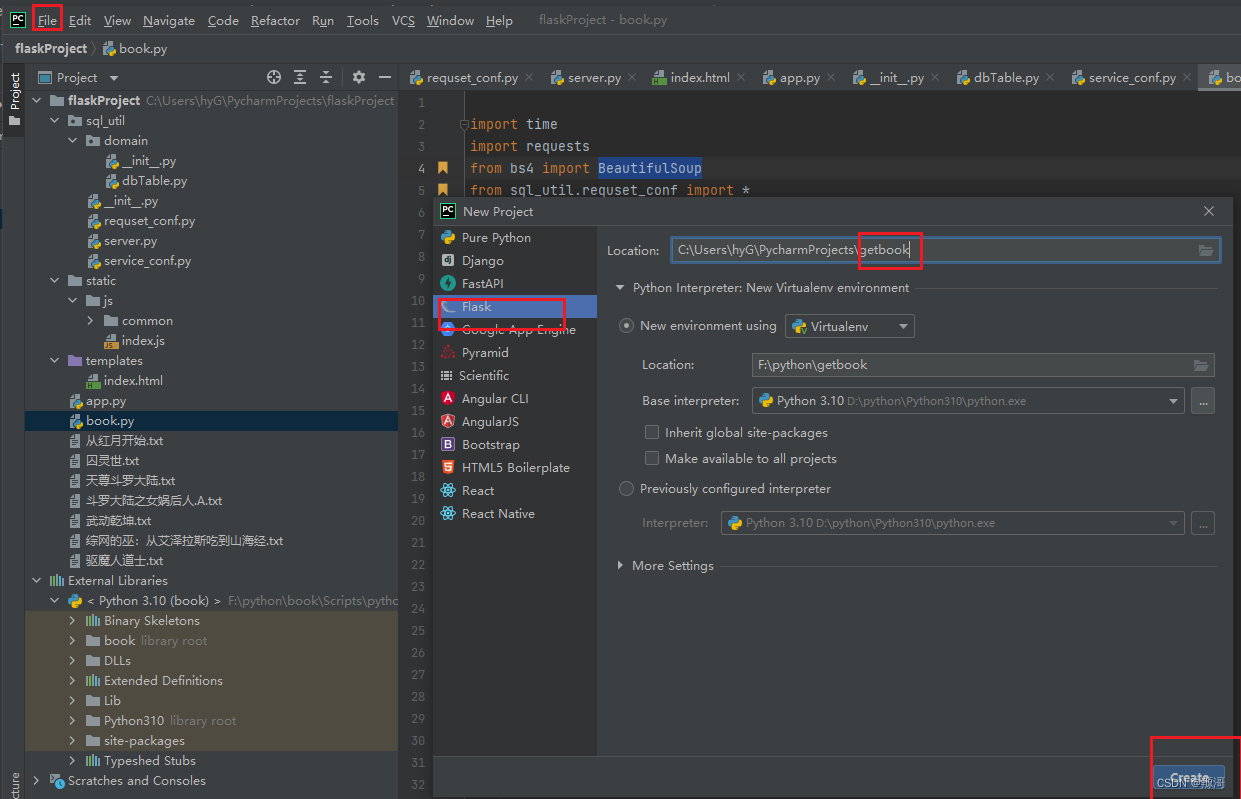
新建好的干净项目
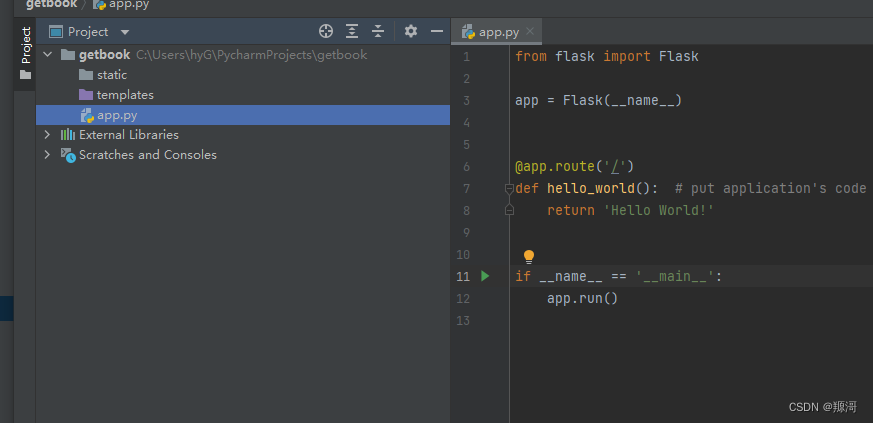 > 此时你可以启动这个项目,会返回一句话
> 此时你可以启动这个项目,会返回一句话
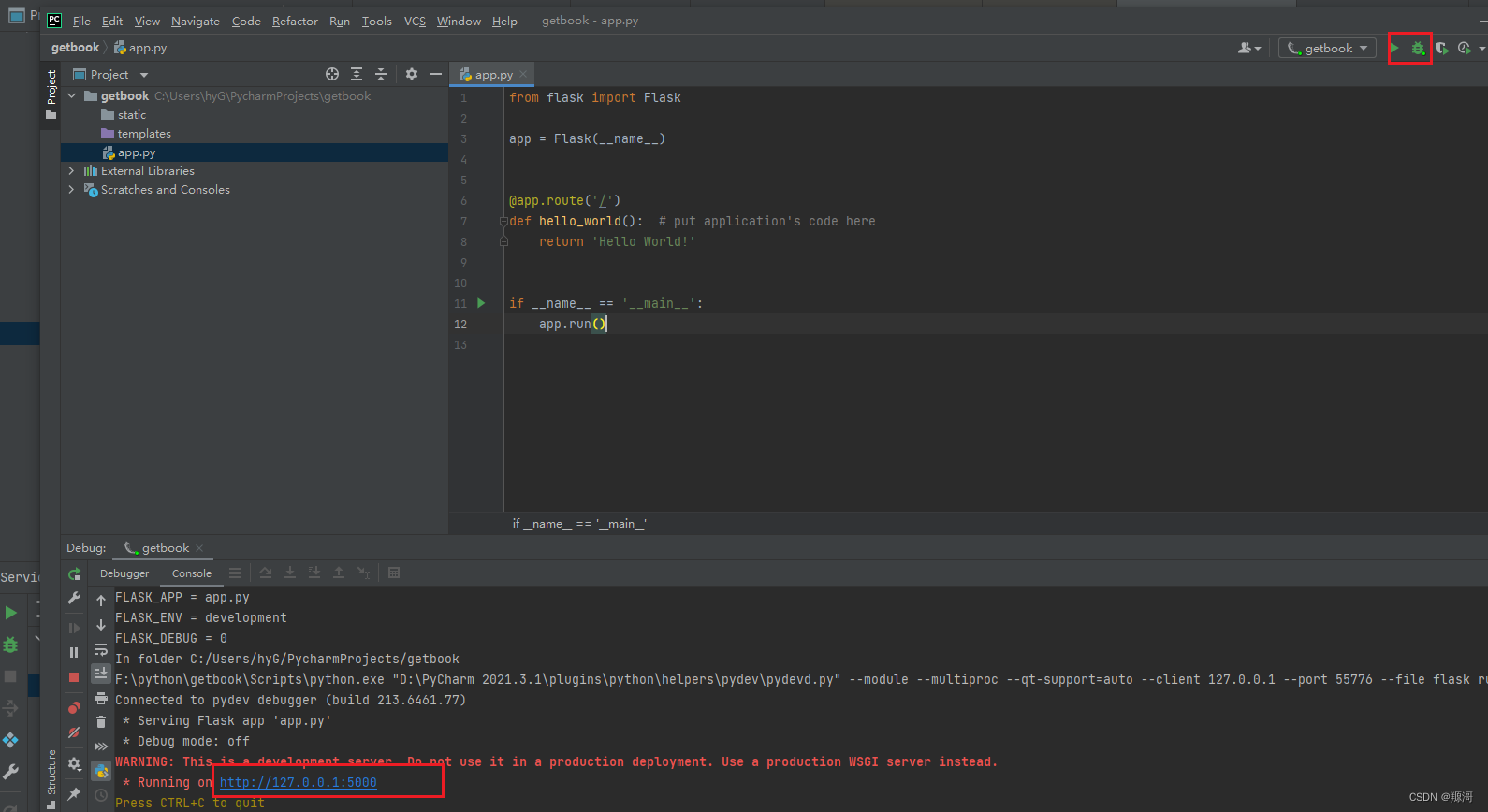

创建交互页面
创建这样两个文件

网络下载这个文件,如果找不到,直接到我的仓库下载
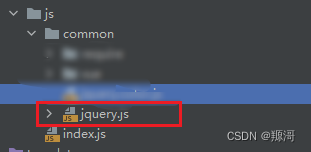
index.html 内容
<!DOCTYPE html>
<html lang="en">
<head>
<meta charset="UTF-8">
<title>hello,my world!</title>
</head>
<body>
<div id="app">
<input id="bookName">输入书籍、作者名称</input>
<button id="swap">确认</button>
<ul id="data-list"></ul>
<input id="bdbookName">本地书籍</input>
<button id="search">搜索</button>
<ul id="bd-list"></ul>
</div>
{# <script src="/static/js/common/vue/vue.js"></script>#}
{# <script type="text/javascript" src="/static/js/common/require/require.min.js"></script>#}
<script src="/static/js/common/jquery.js"></script>
<script src="/static/js/index.js"></script>
</body>
</html>
iondex,js 内容
const person = document.getElementById('bookName');
const bdbookName = document.getElementById('bdbookName');
$(document).ready(function () {
$("#swap").click(function () {
$.ajax({
type: "POST",
url: "/searchBook",
dataType: "json",
data: {"bookName": person.value},
success: function (res) {
displayData(res);
// addListener();
},
error: function (xhr, status, error) {
alert(error);
}
});
});
$("#search").click(function () {
$.ajax({
type: "POST",
url: "/searchBd",
dataType: "json",
data: {"bookName": bdbookName.value},
success: function (res) {
dbdisplayData(res);
// addListener();
},
error: function (xhr, status, error) {
alert(error);
}
});
});
//
});
function addListener(){
// 获取列表项元素
const listItems = document.querySelectorAll('#data-list li');
// 为每个列表项添加点击事件
listItems.forEach(item => {
item.addEventListener('click', () => {
downLoadBook(item)
});
});
}
function addListener(){
// 获取列表项元素
const listItems = document.querySelectorAll('#bd-list li');
// 为每个列表项添加点击事件
listItems.forEach(item => {
item.addEventListener('click', () => {
downLoadBook(item)
});
});
}
function downLoadBook(event) {
$.ajax({
type: "POST",
url: "/downLoadBook",
dataType: "json",
data: {"book": data},
success: function (res) {
alert(res);
},
error: function (xhr, status, error) {
alert(error);
}
});
}
function dbdisplayData(data) {
var dataList = $("#bd-list");
dataList.empty();
data.forEach(function (item) {
// <a href="{{ url_for('downLoadBook', id=post['id']) }}">Edit</a>
// var url = "/downLoadBook" + item.link;
var url = "/downLoadBook" + item.bookLink;
dataList.append("<li>" + item.bookName + "<a href=\""+url+"\"> 下载 </a>"+"地址: "+item.path+"</li>");
// dataList.append("<li>" + item.bookName + "</li>");
});
}
function displayData(data) {
var dataList = $("#data-list");
dataList.empty();
data.forEach(function (item) {
// <a href="{{ url_for('downLoadBook', id=post['id']) }}">Edit</a>
var url = "/downLoadBook" + item.link;
dataList.append("<li>" + item.name + "<a href=\""+url+"\">下载</a>"+"</li>");
});
}
在app.py 文件中添加一个方法
@app.route('/')
def hello_world(): # put application's code here
return render_template("index.html")
此时再次重启项目,并访问 http://127.0.0.1:5000/

可以看到已经多了一些内容。这是用于一个简单交互的页面。主要是输入想要下载的书籍,发起查询,然后在下载
完成时的效果:

网站后端查询小说
新增一个文件叫book.py
并新增以下内容 :
主要是点击查询的功能实现
def searchBooklist(bookName):
try:
# 发送GET请求 = "http://www.biqu5200.net"
response = requests.get(url== "http://www.biqu5200.net" + "/modules/article/search.php?searchkey=" + bookName, headers=header)
response.encoding = 'utf-8'
# 检查请求是否成功
res = []
bookList = []
if response.status_code == 200:
# 如果请求成功,获取响应数据
soup = BeautifulSoup(response.content, "html.parser")
even_items = soup.find_all("tr")
# 遍历并打印匹配的元素内容
for item in even_items:
booklink = item.find("a")
if booklink != None and booklink["href"] != None and booklink.text != None:
book = {
"name": booklink.text,
"link": booklink["href"]
}
bookO = {
"name": booklink.text,
"link": url+booklink["href"]
}
res.append(book)
# book = select(booklink.text)
if book == None:
bookList.append(bookO)
# insert(bookList)
return res
else:
# 如果请求失败,打印错误信息
print("请求失败,状态码:", response.status_code)
return res
except requests.exceptions.RequestException as e:
# 处理请求异常
print("请求异常:", e)
return res
这个方法是返回一个书籍的列表
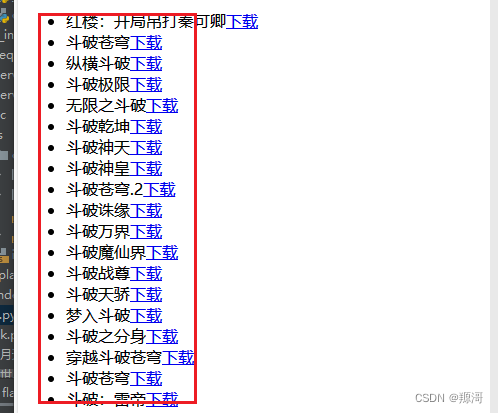
接下来实现下载功能
def downLoadBook(bookLink):
# 发送GET请求
# response = requests.get(url=book["link"], headers=header)
# 请求数据
response = getRequsetContent(url+"/"+bookLink)
if response != None:
# 如果请求成功,获取响应数据
soup = BeautifulSoup(response, "html.parser")
even_items = soup.find_all("dd")
bookName = soup.find(id='info').find('h1').text
start = time.time()
min = len(even_items) / (60/second)
hour = min / 60
print("预估时间:" + str(min) +"分钟" + "= "+str(hour)+"小时")
# 遍历并打印匹配的元素内容
# open(bookName+".txt", mode="r")
# 读文件
# open("demo1/1.txt", mode="w")
# 写文件
file = open(bookName + ".txt", mode="w",encoding='utf-8')
file = open(bookName + ".txt", mode="a",encoding='utf-8')
# 追加
ret_message = {"code": 0, "status": "successful", "msg": "成功,耗时:" + str(min)}
failed = []
# book = select(bookName)
try:
chapterList = []
for item in even_items:
booklink = item.find("a")
chapter = {
"bookid": book["id"],
"chapterLink": url+ booklink["href"],
"chapterName": booklink.text
}
chapterList.append(chapter)
# insertChapter(chapterList)
leastchaper = ''
for item in even_items:
booklink = item.find("a")
contemxUrl =booklink["href"]
chaper = booklink.text
leastchaper = chaper
chaperurl = url + contemxUrl
# 休息1秒
time.sleep(second)
content = getRequsetContent(chaperurl)
contentList = []
if content != None:
soup = BeautifulSoup(content, "html.parser")
chapername = soup.find(class_="bookname").find("h1").text
contentList.append(chapername + '\n')
pList = soup.find(id="content").find_all("p")
contentList = []
for p in pList:
constr = p.text
if constr.find("请记住本书首发域名:。顶点小说手机版阅读网址:") != -1:
print("有广告:" + constr)
contentList.append(p.text + '\n')
else:
failed.append(chaper)
file.writelines(contentList)
# update(chaper,url+ booklink["href"])
print("完成:"+chaper)
upBook = Book(book['id'],1,os.path.abspath(os.path.dirname(file.__str__())).replace('\\','/'),leastchaper,';'.join(failed))
# updateBook(upBook)
print("failed:" + ''.join(failed))
size =file.seek(0, os.SEEK_END)
end = time.time()
print("size:" + ''.join(size))
print("time:" + end - start)
file.close()
return ret_message
except Exception as e:
# 处理请求异常
file.close()
print("异常:", e)
return ret_message
else:
# 如果请求失败,打印错误信息
print("请求失败,状态码:", response.status_code)
# 公用方法
def getRequsetContent(url):
try:
# 发送GET请求
response = requests.get(url=url, headers=header)
response.encoding = 'utf-8'
# 检查请求是否成功
if response.status_code == 200:
# 如果请求成功,获取响应数据
return response.content
else:
# 如果请求失败,打印错误信息
print("请求失败,状态码:", response.status_code)
return None
except requests.exceptions.RequestException as e:
# 处理请求异常
print("请求异常:", e)
return None
到此我们的功能就基本完成了。实现了查询数据,并选择自己想要的书籍下载,有任何疑问请联系我
